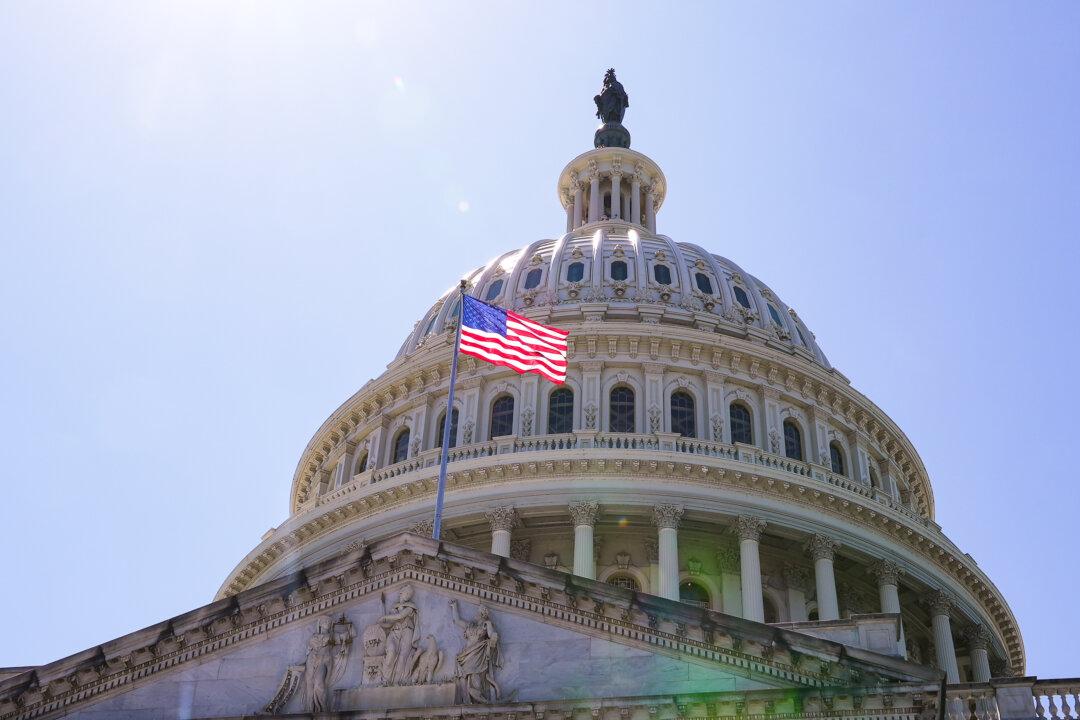Centers for Disease Control and Prevention (CDC) Director Rochelle Walensky said she expects COVID-19 to become seasonal like influenza.
Walensky further said that she believes that U.S. officials will likely recommend or mandate masks, coming more than a week after the CDC moved to loosen its mask recommendation requirements for most of the country.
“We may want to be more vigilant during some seasons,” she told the outlet. “Maybe during respiratory season, if things ramped up, we would want to put on our masks again to protect both from flu and from COVID and from all other respiratory diseases.”
As early as summer 2021, some Republican officials, including Florida Gov. Ron DeSantis, said that COVID-19’s upswing appears to be seasonal.
“These things have a pattern,” DeSantis said during public remarks in July. “We saw the pattern last summer. It’s similar. I think it started a little later. I think people should just be prepared for that.”
Officials in Scandinavian countries last year also started to describe COVID-19 as seasonal.
As of Monday, the United States is averaging 49,569 new COVID-19 cases per day, according to federal data, representing a decrease of more than 50 percent over the past two weeks. COVID-related death numbers are also dropping.
While the CDC recently changed its mask recommendation for most public settings, the agency and the Transportation Security Administration (TSA) both continue to mandate masks on airplanes, in airports, and on most forms of public transportation.
Other CDC officials told NBC that they believe that COVID-19 will likely never go away. From the onset of the pandemic, some countries—including China, New Zealand, and Australia—have pursued a “zero COVID” strategy that critics say triggered significant economic losses and related hardships.
“This virus will probably continue to circulate in our society, in our country, around the world for years to come,” Dr. Henry Walke, the director of the CDC’s Center for Preparedness and Response, told the outlet on Monday. “This next six months, the next year, will really inform us in terms of what living with this virus is going to look like.”





